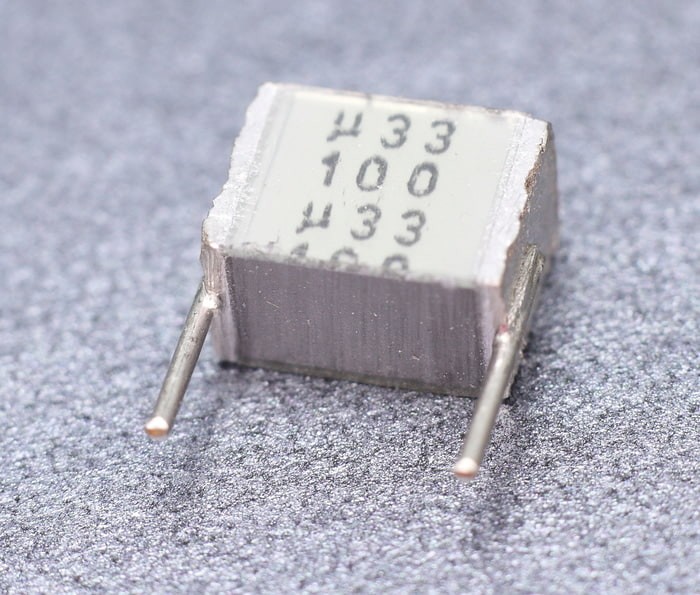I ´ve been reading some old neumann eq schematics and I found some weird values. .078u, .117u I suppose in big quantities custom values were available at the time. I remember some teachers at my university telling histories of going to jewelers to cut cristals to achieve certain frequency.
I wonder if it is possible to cut caps to get more precision. those old neumann used to use siemens mkt those look like a good candidate to try.
there are people out there building their own capacitors. I feel is a bit too much but also sound weird to put 2 or 3 caps to get the correct value.
have someone tried something like this?
I wonder if it is possible to cut caps to get more precision. those old neumann used to use siemens mkt those look like a good candidate to try.
there are people out there building their own capacitors. I feel is a bit too much but also sound weird to put 2 or 3 caps to get the correct value.
have someone tried something like this?




